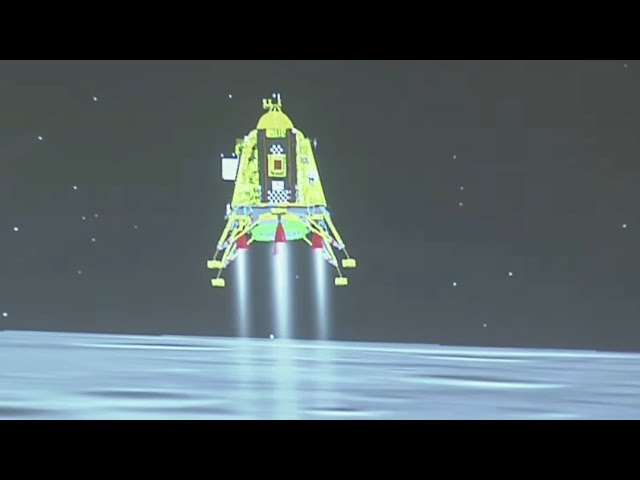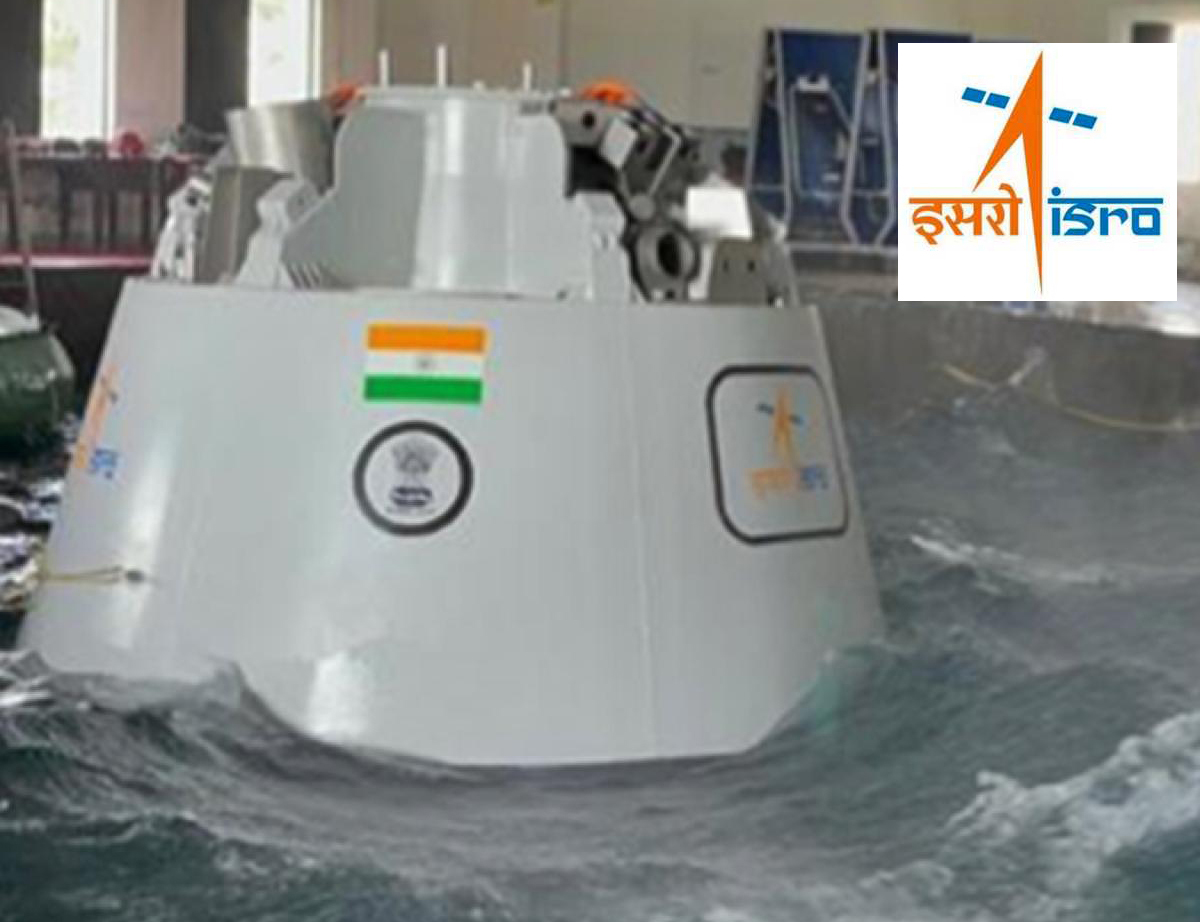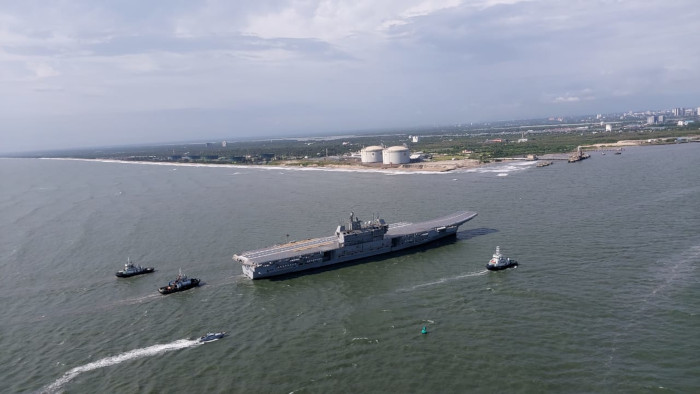
Hi-Resolution View of Mars ''Fear'' Moon. Image credit: NASA/JPL/University of Arizona
The Russian mission ‘Phobos-Grunt’ is a national planetary programme for the deep space exploration. The mission aims to land on the Martian moon Phobos.
This mission’s objectives are to collect soil samples from Phobos, a satellite of Mars and to bring the samples back to Earth for comprehensive scientific research into Phobos, Mars and Martian space.
Studies would include:
•Both in situ and remote studies of Phobos, including laboratory analysis of the soil samples
•Monitoring the planet Mars, including the holistic dynamic behaviour of the atmosphere and dust storms
•Studies of Martian surroundings, including plasma and dust components, and the radiation environment.
The spacecraft development work commenced in 2001. The mission was originally scheduled for launch in October, 2009. However, due to tight schedule and final testing of all systems, the mission has been delayed to the next launch window in 2011.
Meanwhile, the development of the spacecraft had continued on schedule. Working and operational documentation had been finalized and autonomous tests of key elements of the spacecraft were completed.
The development project is led by the company NPO Lavochkin. According to the company, the testing of the spacecraft's systems was continuing at the integrated onboard systems stand. In the meantime, the assembly of a mockup for vibration and static tests has entered a final stage and the system assembly of the flight version of the spacecraft was going on.
The project will be reviewed by the science and technology board at Rosaviakosmos, now called the Federal Space Agency.
Chinese probe on Phobos-Grunt
The Chinese Mars probe Yinghuo-1 will be sent together with Phobos-Grunt. The Chinese sub-satellite, designed to probe the Martian space environment looking for water, was shipped to Russia in August.
The sub-probe has a shape of a 750 x 750 x 600-millimeter box with the mass of 110 kilograms and equipped with solar panels, which would span 7.85 meters, when deployed.
Soyuz replaced with Zenit rocket
Chinese sub probe inclusion in the mission has prompted mission planners to switch to the Zenith rocket as Soyuz-2 lack the capabilities to carry the payload. Zenit rocket was upgraded with the Fregat upper stage.
Russia’s last interplanetary mission was Mars 96, an orbiter and lander mission that was lost in a November 1996 launch failure.
- Courtesy:
ESA.
RussianSpace website.
 Previous Article
Previous Article Next Article
Next Article













The Indian Air Force, in its flight trials evaluation report submitted before the Defence Ministry l..
view articleAn insight into the Medium Multi-Role Combat Aircraft competition...
view articleSky enthusiasts can now spot the International Space Station (ISS) commanded by Indian-American astr..
view article